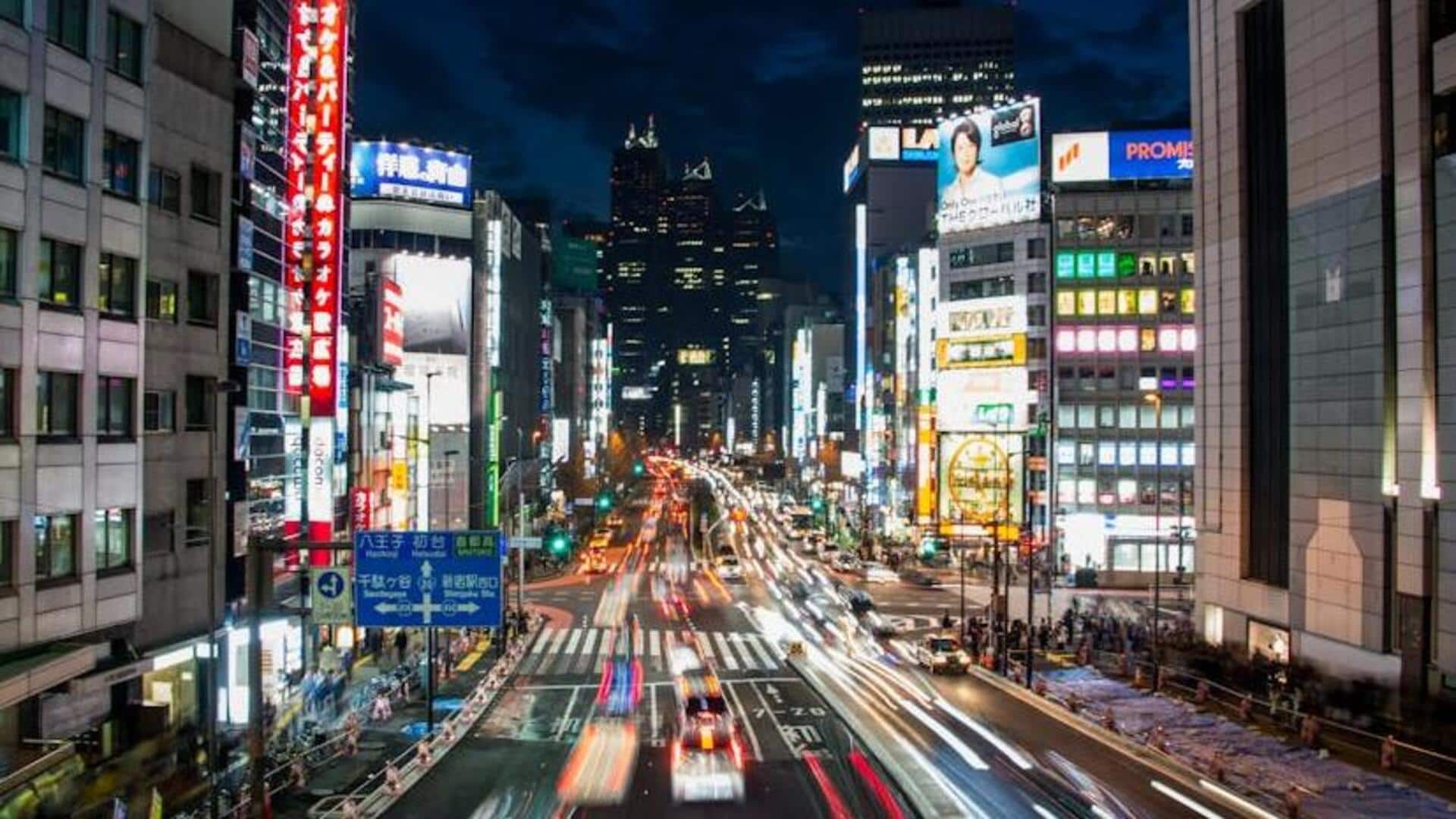
Tokyo travel: Best and worst times to visit
What's the story
Tokyo, a bustling metropolis, seamlessly blends traditional culture with futuristic innovations. Here, ancient temples stand beside towering skyscrapers, offering a striking contrast. Each season in Tokyo presents a distinct experience, making the timing of visits crucial for travelers aiming to fully enjoy the city's diverse offerings. This unique blend of old and new makes Tokyo an unforgettable destination for all visitors.
Spring
Cherry blossoms in full bloom
Spring, particularly late March to early April, is arguably the best time to visit Tokyo. The city is awash with pink as cherry blossoms (sakura) bloom in parks and along streets. This period not only offers stunning scenery but also pleasant weather ideal for outdoor activities. However, it's also peak tourist season, so expect larger crowds and higher prices.
Summer
Summer festivals galore
Tokyo's summer, spanning June to August, is celebrated with vibrant festivals and breathtaking fireworks displays, such as the Sumida River Fireworks and the Asakusa Samba Carnival. These events infuse the city with dynamic color and energy. However, visitors should be prepared for the season's sweltering heat and high humidity, which might be challenging for those not used to such intense conditions.
Fall
Autumn leaves spectacle
From late October through November, Tokyo showcases warm colors as the autumn leaves change hues. This season offers comfortable temperatures and fewer tourists, making it an ideal time for sightseeing and enjoying outdoor activities. Visitors can explore the iconic Meiji Shrine or take leisurely strolls through Ueno Park without the spring crowds, providing a serene experience amidst the city's vibrant autumn palette.
Winter
Winter illuminations wonder
December to February offers a prime opportunity to visit Tokyo, as the city is illuminated by stunning winter lights. Although the weather can be chilly, particularly in January, this period benefits from fewer tourists and more affordable accommodation options. Additionally, experiencing the New Year's celebrations in Tokyo provides a unique and unforgettable experience, adding to the allure of visiting during these months.
Rainy season
Rainy season drawbacks
The least favorable time to visit Tokyo falls during the rainy season, extending from mid-June to July. This period is marked by heavy rains that can significantly disrupt outdoor activities. Additionally, humidity levels peak, making exploration less comfortable. For travelers planning a visit around these months, it's advisable to prepare an itinerary that includes a variety of indoor activities to avoid inconvenience.